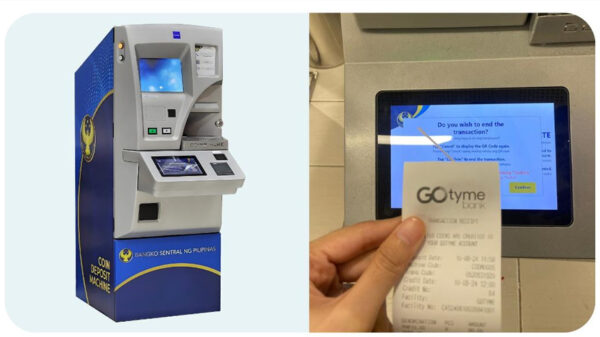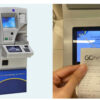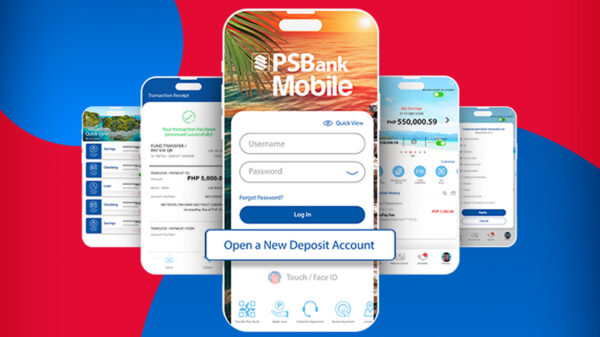Forty percent of 55,000 consumers surveyed worldwide report decreased dependence on their traditional bank and increased excitement about alternatives, according to EY 2016 Global Consumer Banking Survey.
A lack of trust, changing consumer behaviors and expectations set by digital innovators and increased competition from new players are eroding traditional bank relevance. Retail banks scored just 75.1 out of a maximum value of 100 on inaugural EY Bank Relevance Index (BRI), which evaluates how customers interact with banks now and how they expect to in the future.
“Traditional banks need to reconsider current practices to maintain relevance with an increasingly disenchanted consumer base,” says David Ebstein, EY EMEIA Head of Digital Financial Services. “Globally, 42% of consumers have used non-bank providers in the last 12 months, and 21% of customers who have not yet used them plan to do so in the near future. Growing wallet share and market share to deliver stable returns to shareholders won’t happen if traditional banks do not change.”
The report outlines four ways for traditional banks to improve their relevance among consumers:
- Build and earn trust, not only in a bank’s ability to securely look after customers’ money, but in the ability to always do the right thing for the consumer and provide unbiased, high-quality advice.
- Better understand customer behaviors and attitudes and tailor propositions to different types of customers.
- Rethink distribution and customer engagement, in particular the role of branches and customer journeys across channels.
- Innovate like FinTechs to radically simplify products and deliver exceptionally simple customer experiences.
Future relationships evaluated
Using the BRI, additional information on how customers currently view their banks and the future of their relationships was also evaluated. The survey found that:
- Only 32% of customers believe there is a product differentiation among providers, and only 14% feel extremely confident in the banking industry today.
- Human interaction is still important as 59% of customers globally indicate that they want to visit a branch or call a real person when taking up a new product or getting advice.
Ebstein says: “Banks are currently facing many challenges, as customers re-evaluate their relationships and consider alternatives. Despite these obstacles, the survey results are optimistic that retail banks can address these challenges and maintain relevance in consumers’ lives by utilizing their scale, customer base, brand recognition and infrastructure.”



















































































































